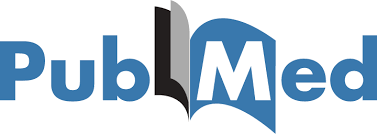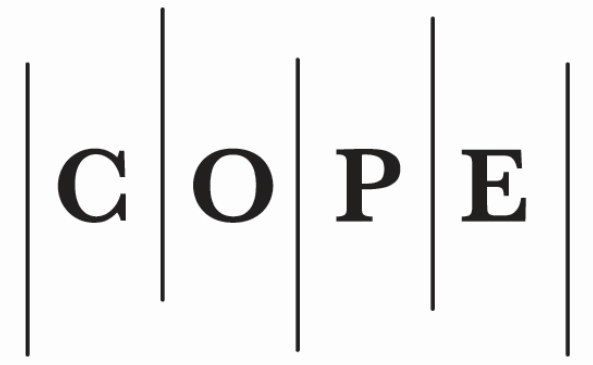Formation of the Concept of Rebirth of Lithuanian Statehood and Law
##plugins.themes.bootstrap3.article.main##
Abstract
Today’s Lithuania is the historical-legal result of many processes, including the creation of the country in the thirteen century, ongoing life during five hundred years, two annexations resulting in the disappearance from the political map and two rebirths. The tradition of statehood and extended experience has greatly contributed to its survival and its ability to regain statehood in the light of the changed political, economic and social circumstances.
Upon the climax of the First World War, the reinstatement of the statehood of Lithuania has been influenced by favourable international situation, the popularity of the principle of nation’s free choice, and the decisive actions by the Lithuanian politicians. The relationship of the modern Lithuanian statehood with the historical state of Lithuania meant the continuity of this statehood, even though it was a multinational country. Without any other prospects upon the fall of other European empires, it has been replaced by the statehood based on national ethnicity. Together with the determination to manage the reinstated country of Lithuania according to the democratic principles, this was the main difference from the historical Lithuania.
The state of Lithuania has managed to keep its own legal formal framework even though it has lost sovereignty upon annexation by the Soviet Union. The statehood has been reinstated once favourable circumstances came into place within the Union. The High Council of Lithuania has transformed from being a marionette structure forced upon by alien country into an instrument of parliamentary struggle for independence that has represented the second rebirth of the statehood of Lithuania.
The formation of own law in both cases occurred by temporarily using current alien legislation that was not in conflict with the newly adopted constitutional legislation. The former has been gradually replaced by own legislation.
Upon the climax of the First World War, the reinstatement of the statehood of Lithuania has been influenced by favourable international situation, the popularity of the principle of nation’s free choice, and the decisive actions by the Lithuanian politicians. The relationship of the modern Lithuanian statehood with the historical state of Lithuania meant the continuity of this statehood, even though it was a multinational country. Without any other prospects upon the fall of other European empires, it has been replaced by the statehood based on national ethnicity. Together with the determination to manage the reinstated country of Lithuania according to the democratic principles, this was the main difference from the historical Lithuania.
The state of Lithuania has managed to keep its own legal formal framework even though it has lost sovereignty upon annexation by the Soviet Union. The statehood has been reinstated once favourable circumstances came into place within the Union. The High Council of Lithuania has transformed from being a marionette structure forced upon by alien country into an instrument of parliamentary struggle for independence that has represented the second rebirth of the statehood of Lithuania.
The formation of own law in both cases occurred by temporarily using current alien legislation that was not in conflict with the newly adopted constitutional legislation. The former has been gradually replaced by own legislation.
##plugins.themes.bootstrap3.article.details##
Section
Articles
This is an open-access journal, which means that all content is freely available without charge to the user or their institution. Users are allowed to read, download, copy, distribute, print, search, or link to the full texts of the articles in this journal without asking prior permission from the publisher or the author. This follows the BOAI definition of open access. Authors contributing to Jurisprudence agree to publish their articles under a Creative Commons Attribution 4.0 International Public (CC BY) License (applicable from 2025).
![]() Authors retain copyright of their work, with first publication rights granted to the Association for Learning Technology.
Authors retain copyright of their work, with first publication rights granted to the Association for Learning Technology.
Please see Copyright and Licence Agreement for further details.






